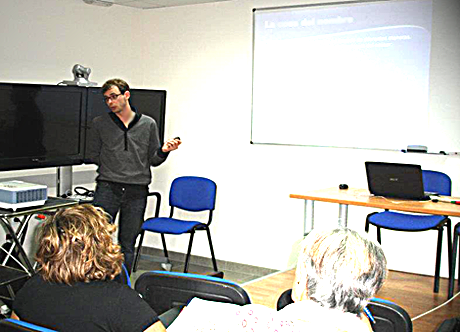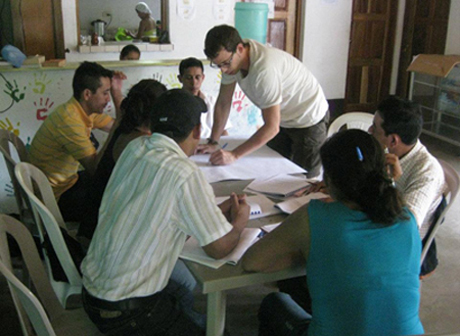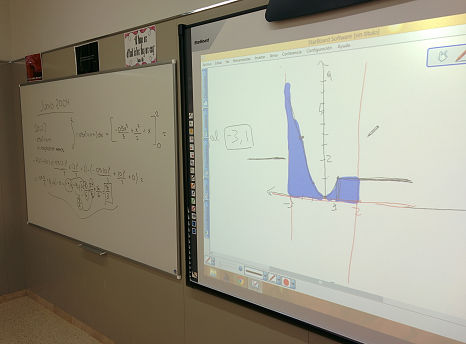Economics
It's a battle of the ideas. Watch. Read. Be critical. Argue. Figure things out.
Teaching
It's more important to teach how to think than what to think.
Cooperació internacional
Des de la solidaritat, l'estima i el respecte entre els pobles i les persones.
Technology teaches
Tech tools that help us teach... and learn.
Londres no és Itaca
Però ha d'estar en el camí.
dimarts, 4 de juny del 2013
explicar l'esperança de vida / Explicar la esperanza de vida.
diumenge, 20 de gener del 2013
Teaching Pills 3: teaching through ICT
In my last TP post I wrote about how you can teach with almost no material resources and in this one I'd like to show just the opposite, how you can use in a sensible way some of the huge amount of resources currently provided by the ICT. There are many websites, blogs and even apps which may help you to prepare materials, to decide teaching strategies and to support your work. The few times I have had the chance to teach myself I have relied heavily on powerpoints, dynamic graphs and maps. I have also made internet research about the subject (no matter I had it very clear in my mind), keeping an open-minded approach not only because I am a novice (which I clearly am) but because you may find extraordinary tools. Today I'm speaking just about two sites I've already used. However, before starting I'd better say two important things: firstly, these resources are a support to your lessons, but they can't substitute the teacher, it's important that you prepare yourself properly for every lesson and that you don't rely too much on your PPT or your internet connection. Questions will be asked and you ought to be ready to clearly explain them. Secondly, it's important that you adapt the resources you find to your objectives and to the stages you are working with, because a messy explanation may be worse than no explanation. Once these two warnings have been issued, let's go to the resources:
http://www.gapminder.org/downloads/life-expectancy-ppt
Worldmapper.org: Put your stats on a map
 |
| This is a demographic-corrected UK map |
Of course, this two are samples I knew about because I had used them before to teach. You could also explain the carbon footprint and let the kids calculate their own one; there is plenty of sites with Maths or English games... it's up to you to use these resources and make learning a bit funnier.






















